
 An army of snowflakes drape over the valley in a continuous flutter, creating an atmosphere that is quite magical, quite harmonious. A picture of white amidst a mountain landscape. And there, at the edge of the farm and near a trickling brook, stands the old smokehouse.
An army of snowflakes drape over the valley in a continuous flutter, creating an atmosphere that is quite magical, quite harmonious. A picture of white amidst a mountain landscape. And there, at the edge of the farm and near a trickling brook, stands the old smokehouse.
Aged timber cloaked in a history and a promising future. A future, which may not have existed had it not been important to revive and maintain this old tradition by the Traaen family.
The Traaen’s are a great example of those who are committed to their heritage and their connection to nature and the community. I had the privilege of learning about hunting in the Norwegian mountains from Olav and his son, Knut Halvor. Today, they are showing me another important aspect of Norway’s food culture and one they are learning more about themselves. The art of røyking or smoking.
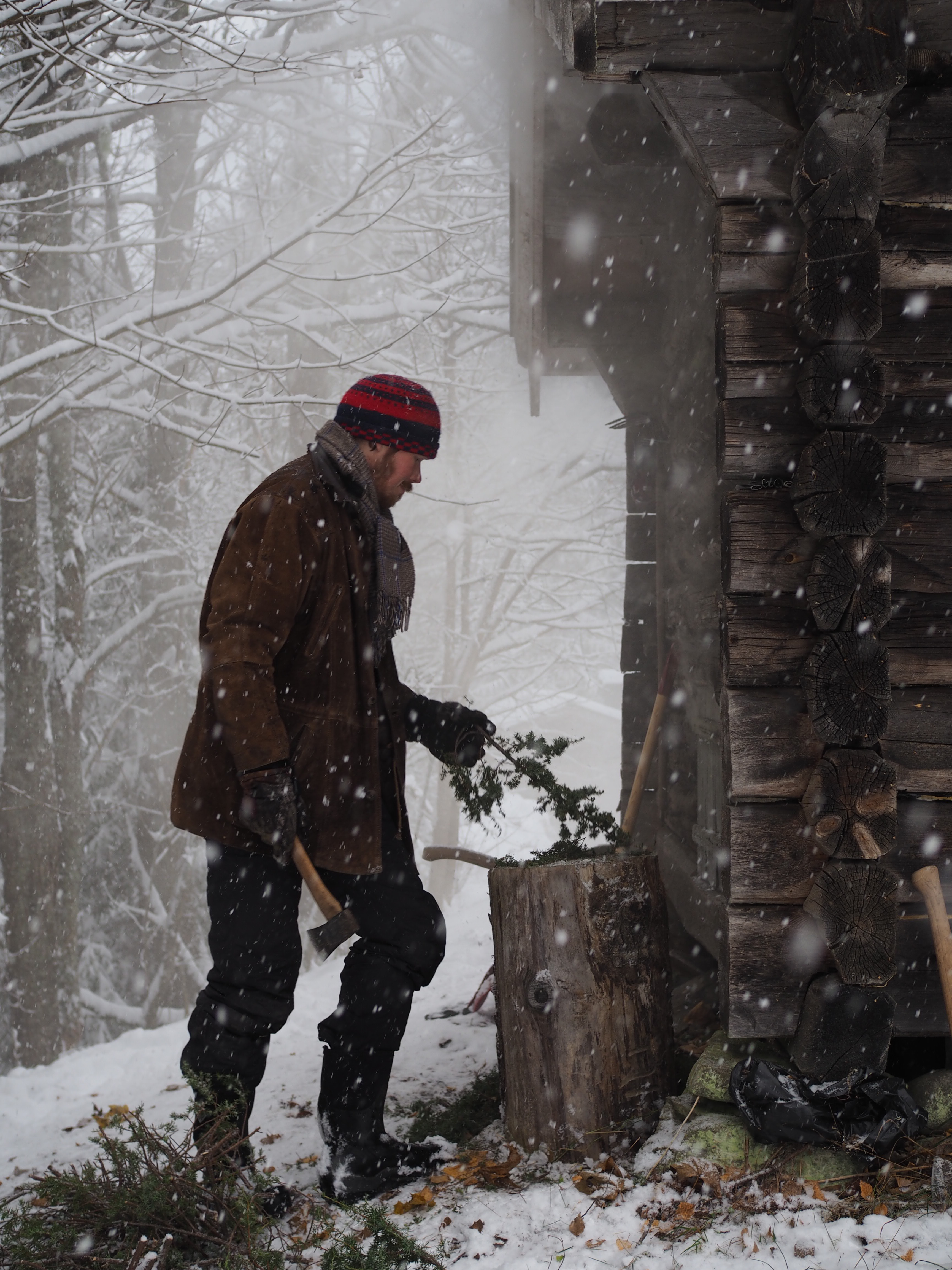

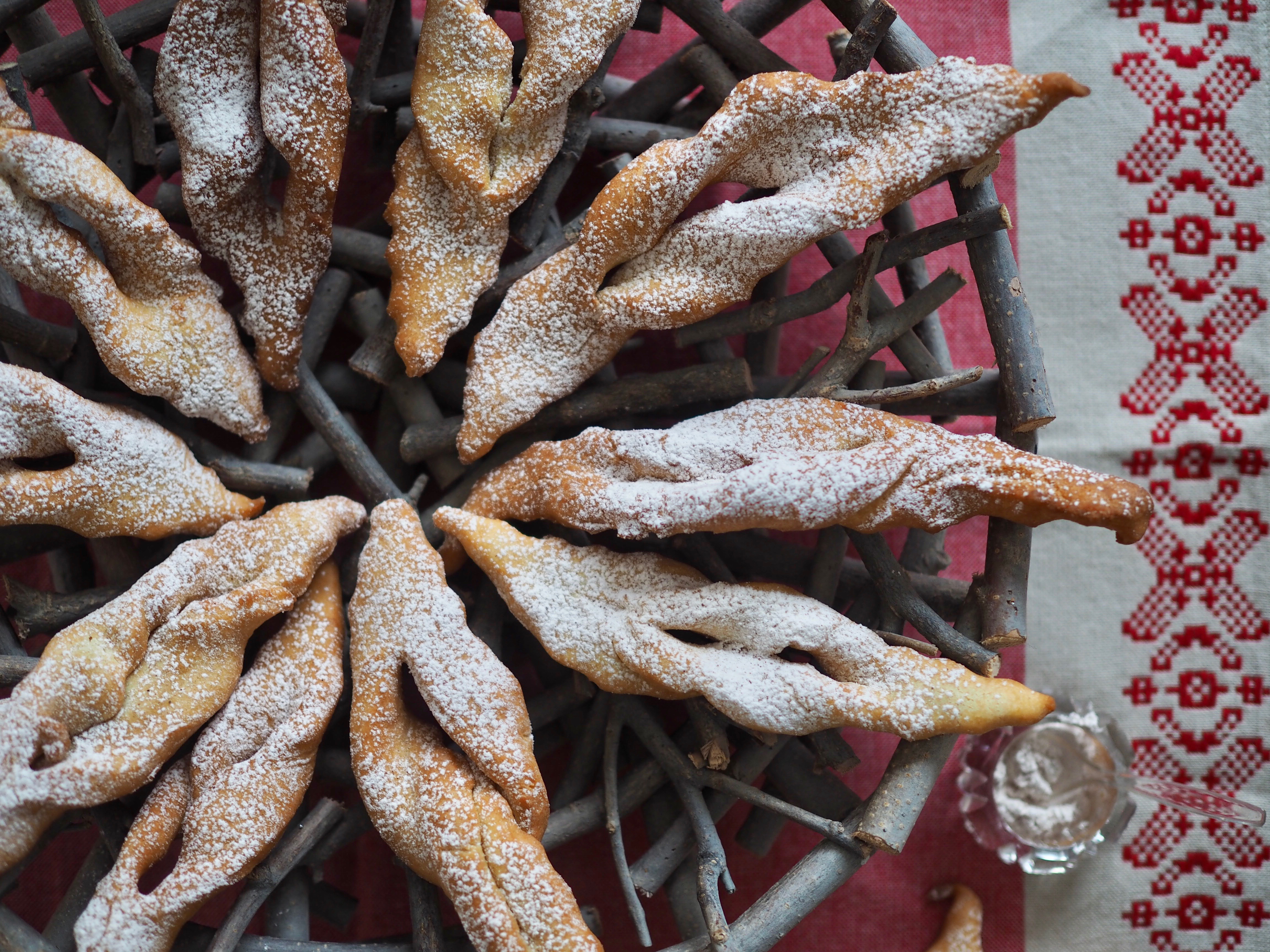
 The farm has become a blanket of white, with only the contrast of branches and jetting rock to add depth and structure. It’s tranquil and all encompassing.
The farm has become a blanket of white, with only the contrast of branches and jetting rock to add depth and structure. It’s tranquil and all encompassing.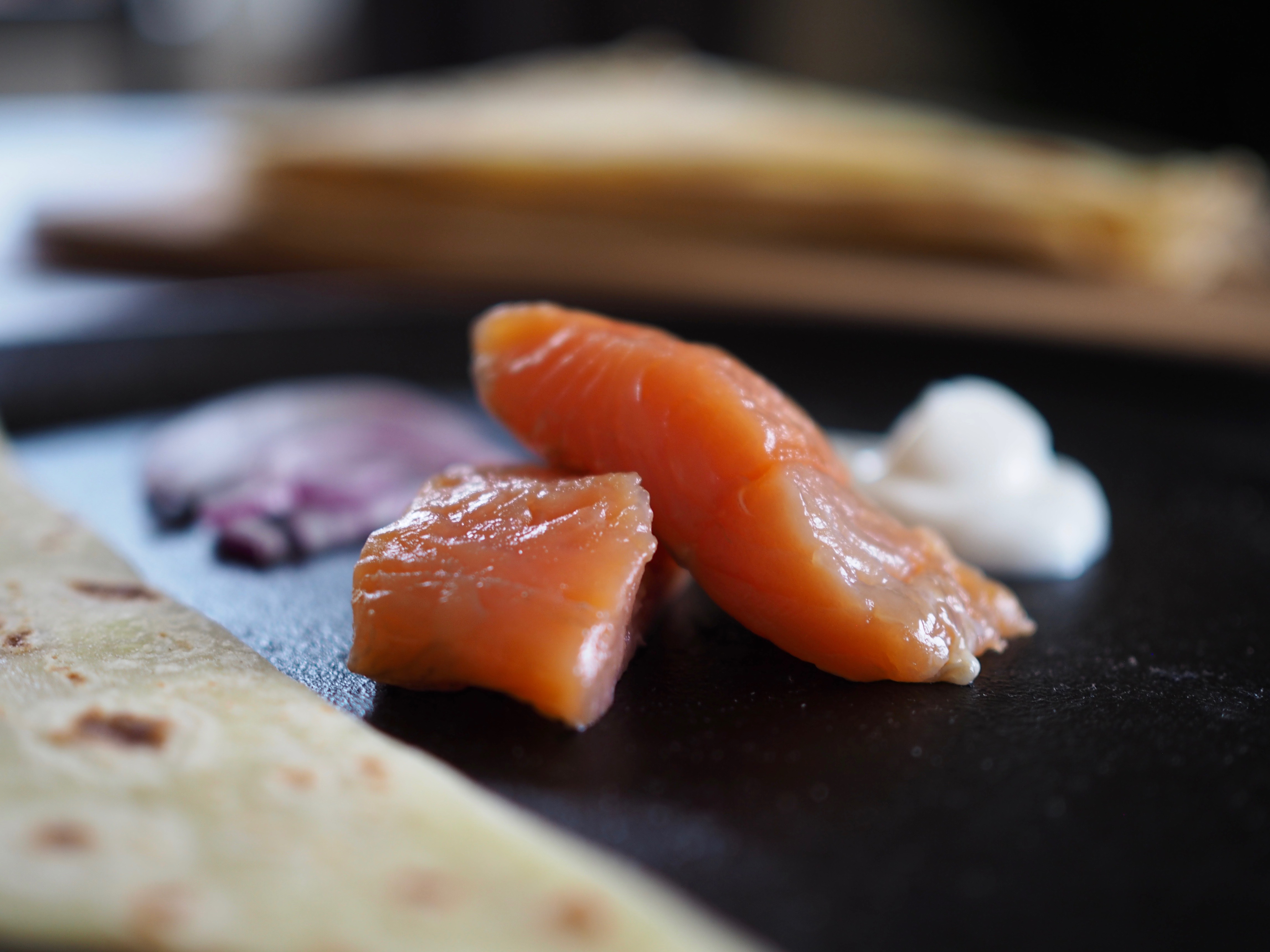


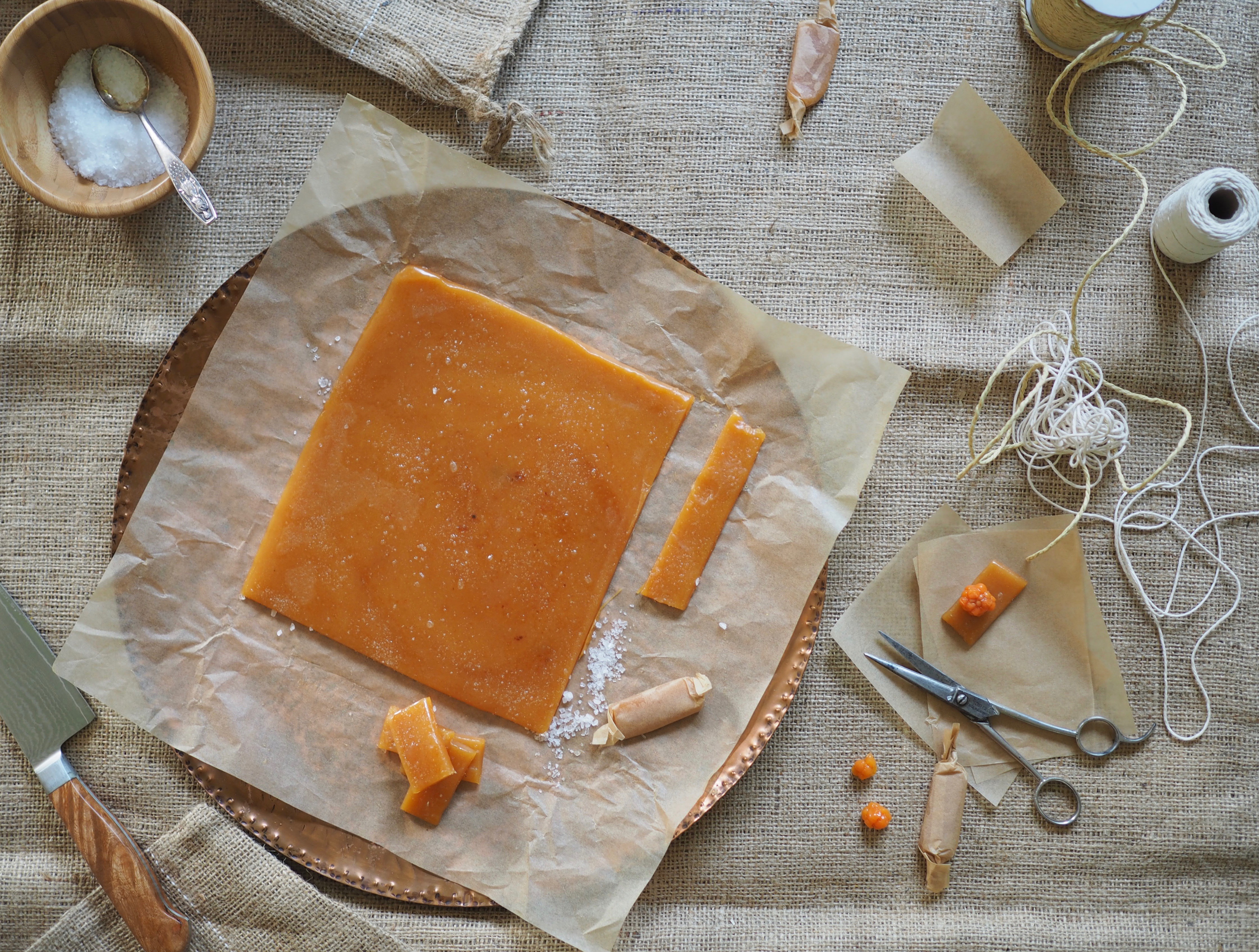

 This recipe is not one that you can just make at any time and anywhere. It’s a special recipe featuring Norway’s golden berry. A berry that grows in the mountains and gets the nickname fjellets gull (mountain’s gold) because of its color and the fact that finding them is like discovering hidden treasure. The season is short and those who manage to get a hold of them will usually freeze them and save them for a celebration or a holiday such as Christmas. These berries, known as multebær or cloudberries, are, in short, one of a kind.
This recipe is not one that you can just make at any time and anywhere. It’s a special recipe featuring Norway’s golden berry. A berry that grows in the mountains and gets the nickname fjellets gull (mountain’s gold) because of its color and the fact that finding them is like discovering hidden treasure. The season is short and those who manage to get a hold of them will usually freeze them and save them for a celebration or a holiday such as Christmas. These berries, known as multebær or cloudberries, are, in short, one of a kind.

 Following on from my story about
Following on from my story about 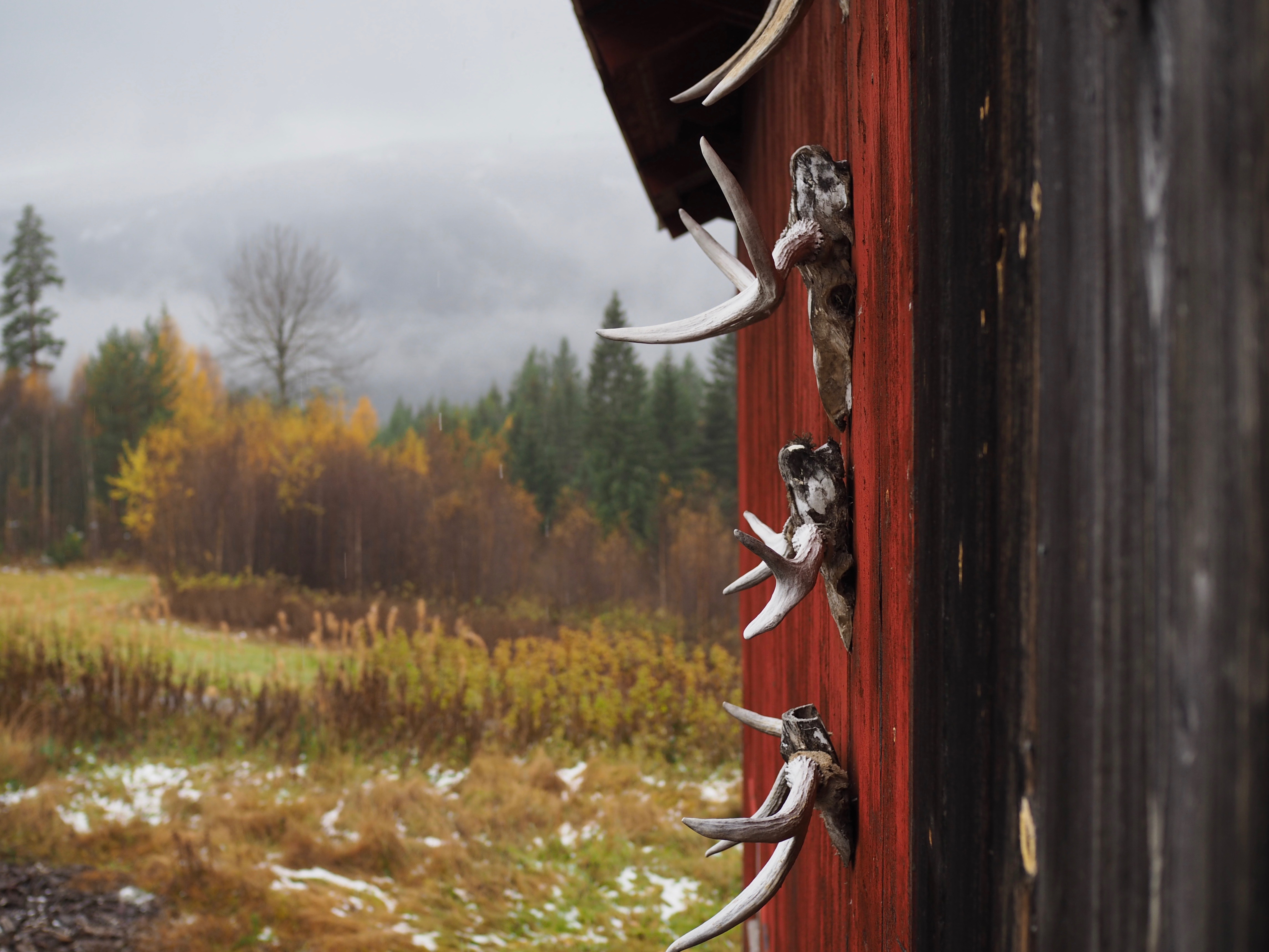

 The tree branch cracks as my shoe presses firmly against it, pushing it deeper into the forest floor. The noise, though quick to pass, makes me hold my breath as I freeze every part of myself in anticipation of whether that one step will be enough to grab the attention of the mighty elg, moose, as it stands firmly planted atop the mossy floor. Movements must be feather-like and graceful. The silence and passage of time evoke a sense of kinship with the animal. Nothing is rushed. Nothing is taken for granted. This is a journey. And this journey begins long before such an encounter.
The tree branch cracks as my shoe presses firmly against it, pushing it deeper into the forest floor. The noise, though quick to pass, makes me hold my breath as I freeze every part of myself in anticipation of whether that one step will be enough to grab the attention of the mighty elg, moose, as it stands firmly planted atop the mossy floor. Movements must be feather-like and graceful. The silence and passage of time evoke a sense of kinship with the animal. Nothing is rushed. Nothing is taken for granted. This is a journey. And this journey begins long before such an encounter.